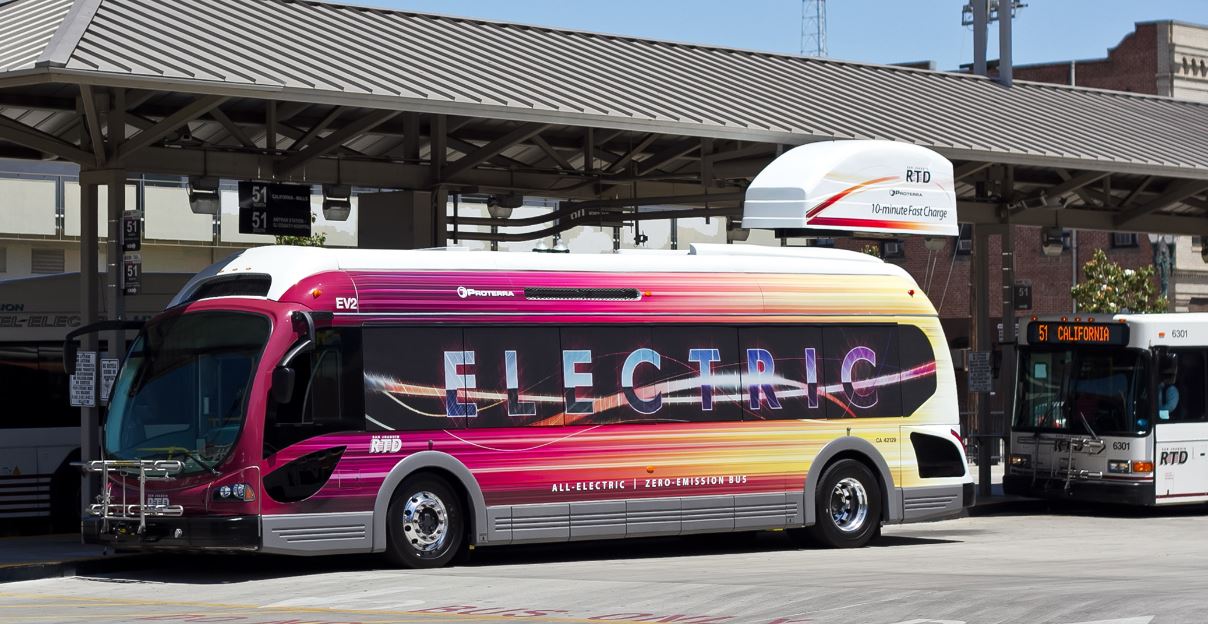
The California Air Resources Board (CARB) on Dec. 14 approved the Innovative Clean Transit regulation, a statewide goal to gradually transition public transit agencies to 100 percent zero-emission bus fleets by 2040.
This is the first regulation of this type in the nation.
Transportation sector emissions account for 80 percent to 90 percent of smog-forming pollutants and 40 percent of climate-changing gas emissions. Implementing the regulation will reduce nitrogen oxides by approximately 7,000 tons and particulate matter by 40 tons and reduce greenhouse gas emissions by 19 million metric tons between 2020 and 2050.
“A zero-emission public bus fleet means cleaner air for all of us,” CARB Chairwoman Mary D. Nichols said. “It dramatically reduces tailpipe pollution from buses in low-income communities and provides multiple benefits especially for transit-dependent riders. Putting more zero-emission buses on our roads will also reduce energy consumption and greenhouse gases, and provides cost savings for transit agencies in the long run.”
California has 200 public transit agencies, and eight of the 10 largest already are operating zero-emission buses. Agencies must submit a rollout plan to the CARB.
Statewide, public transit agencies operate approximately 12,000 buses. Of these, 153 are zero-emission buses. This number is expected to jump to 1,000 by 2020.